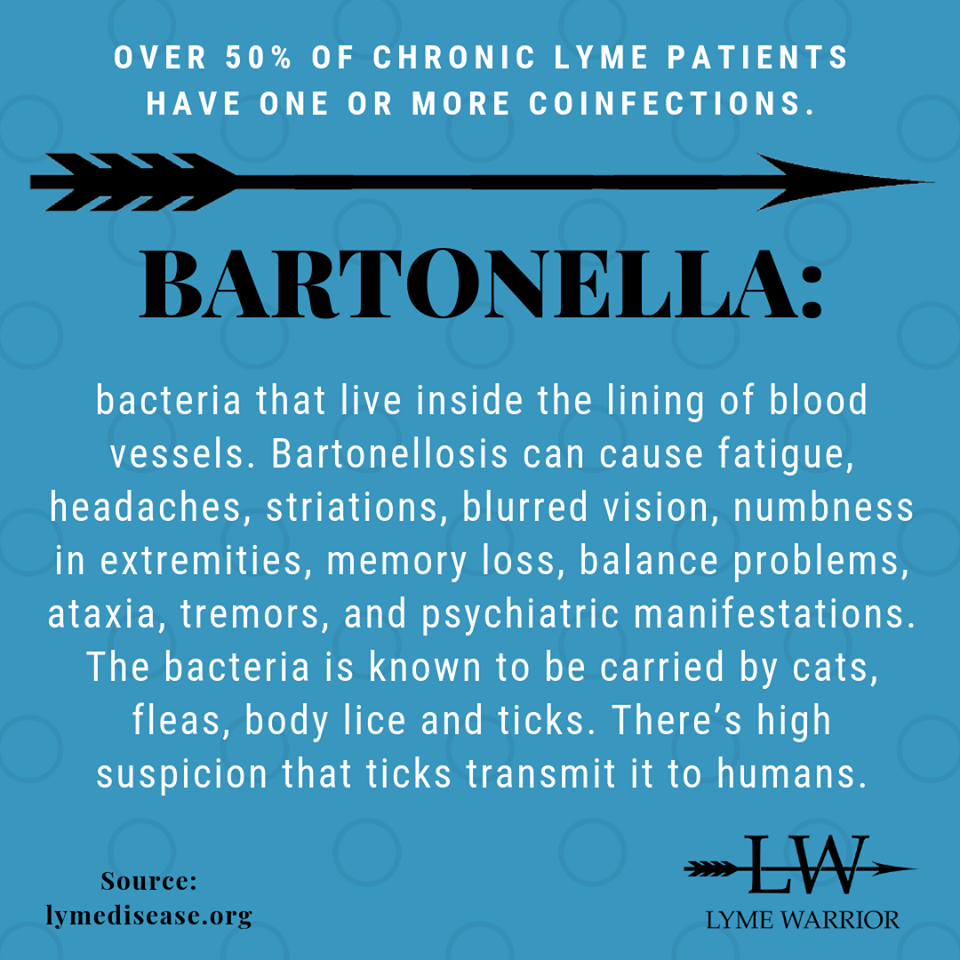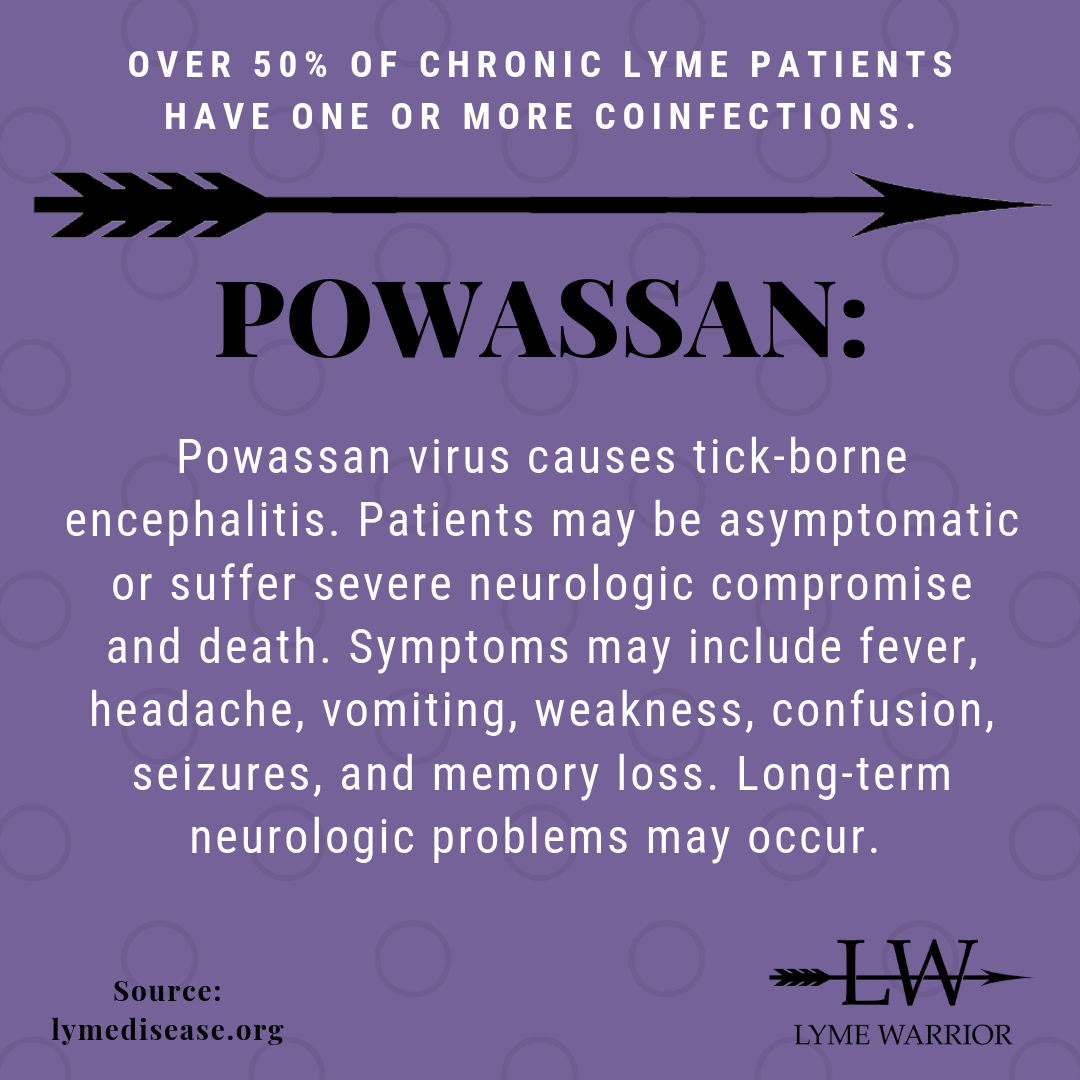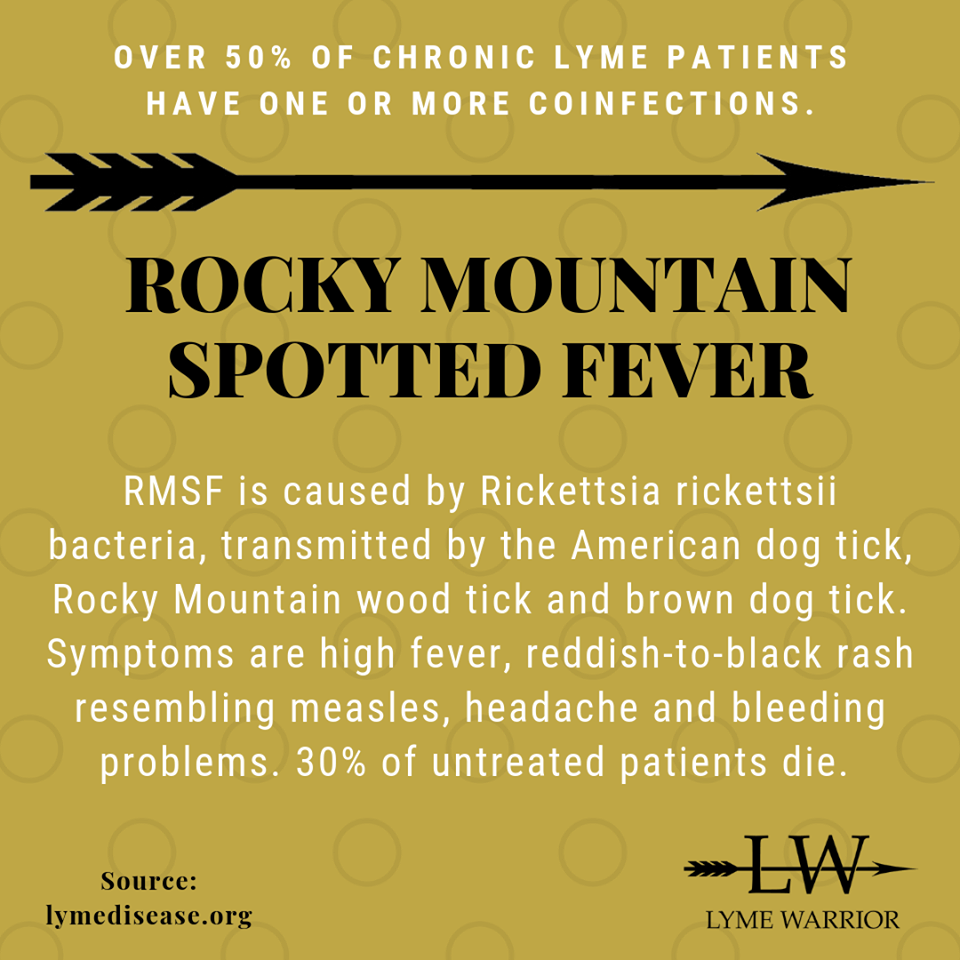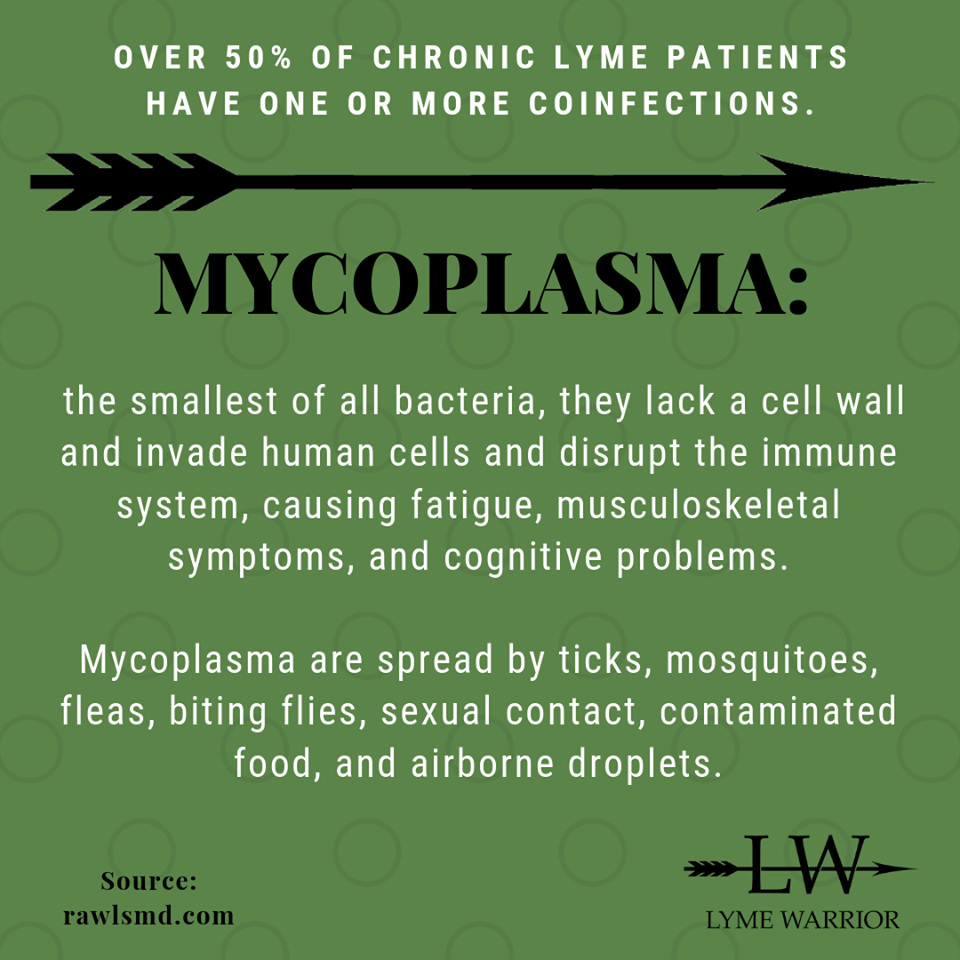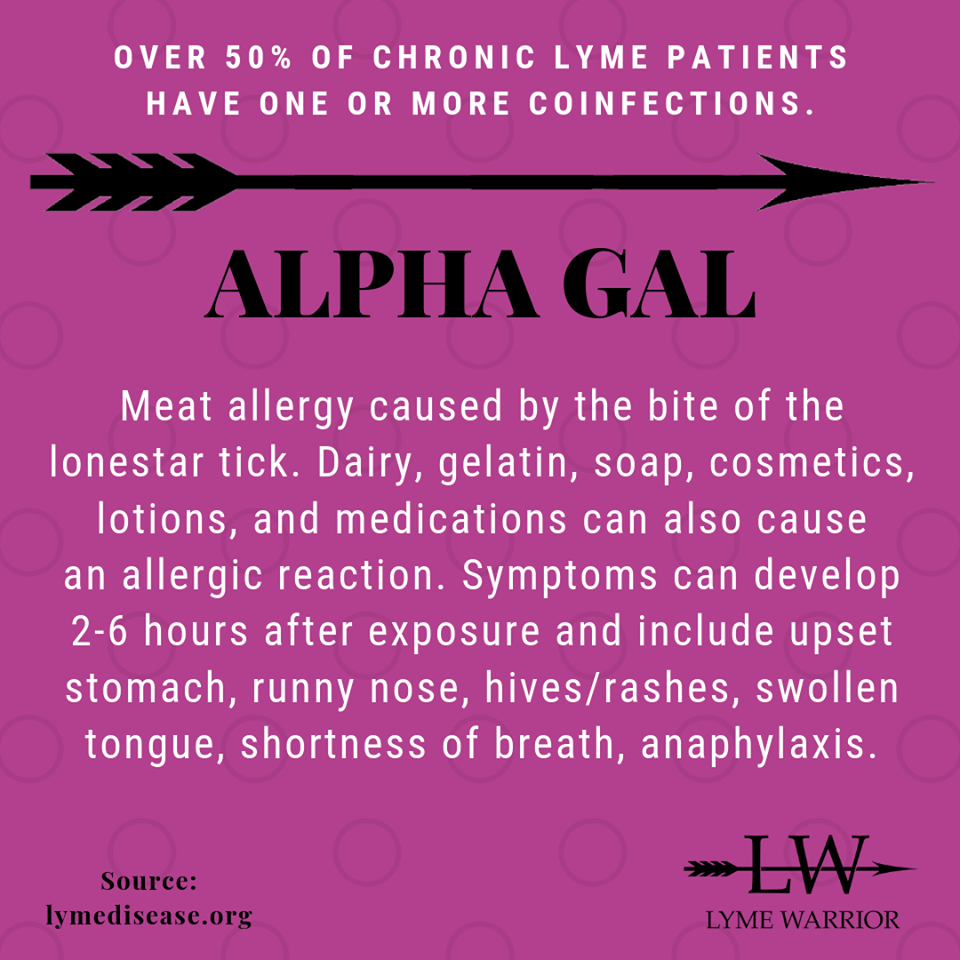Lyme Disease CoInfections
What are Lyme Disease Coinfections and Why Are They a Concern?
Lyme disease is a complex illness. In addition to the challenges posed by Lyme disease itself, many people with Lyme disease also experience coinfections, which are other infections that occur at the same time as Lyme disease.
Common coinfections of Lyme disease include Babesia, Bartonella, Anaplasma, Rocky Mountain Spotted Fever, and Mycoplasma, among others. Coinfections can be particularly concerning because they may require different treatment approaches than Lyme disease alone. For example, some coinfections may require the use of different antibiotics or other medications. If left untreated, coinfections can also lead to more serious health problems and long-term complications.
By understanding the risks and complications of Lyme disease coinfections, you can be better prepared to manage the challenges of Lyme disease and improve your chances of a full recovery.
Common Lyme Disease Coinfections
Some of the most common coinfections of Lyme disease include but are not limited to:
Frequently Asked Questions about Lyme Disease Coinfections
What are Lyme disease coinfections?
Lyme disease coinfections are additional infections that can occur simultaneously with Lyme disease. When an individual is bitten by an infected tick, they may acquire not only the bacterium responsible for Lyme disease (Borrelia burgdorferi) but also other pathogens transmitted by ticks, such as Babesia, Bartonella, Anaplasma, or Ehrlichia.
What are the common coinfections associated with Lyme disease?
The common coinfections associated with Lyme disease include:
Mycoplasma: Mycoplasma is a type of bacteria that can cause respiratory infections in humans. It is often associated with conditions like walking pneumonia and bronchitis. Mycoplasma infections are known for their mild but persistent symptoms, including cough, fever, and fatigue.
Babesiosis: This infection is caused by parasites like Babesia microti and other Babesia species. It can lead to symptoms similar to malaria and is transmitted through tick bites. Babesiosis primarily affects red blood cells.
Bartonella: Bartonellosis is caused by various Bartonella species. This bacterial infection can result in a wide range of symptoms, including fever, swollen lymph nodes, and skin lesions. It's often transmitted to humans through the bites of infected ticks or fleas.
Alpha-gal Syndrome: Alpha-gal syndrome is a unique allergic reaction to a sugar molecule called alpha-gal found in red meat (such as beef, pork, and lamb) and some other products derived from mammals. Tick bites, specifically Lone Star tick bites, can sensitize individuals to alpha-gal, leading to delayed allergic reactions characterized by hives, gastrointestinal discomfort, and potentially severe allergic reactions upon consuming red meat.
Rocky Mountain Spotted Fever (RMSF): Rocky Mountain spotted fever is a tick-borne disease caused by the bacterium Rickettsia rickettsii. It presents with symptoms such as high fever, severe headaches, and a characteristic rash that may appear as small red spots or blotches. RMSF can be a severe illness if not diagnosed and treated promptly, so early recognition of symptoms and medical attention are crucial.
Anaplasmosis: Anaplasmosis is caused by Anaplasma phagocytophilum, which infects white blood cells. It typically presents with flu-like symptoms such as fever, chills, and muscle aches. Anaplasmosis is transmitted through the bite of infected black-legged ticks.
Ehrlichiosis: Ehrlichiosis is caused by Ehrlichia chaffeensis and other Ehrlichia species. It primarily infects white blood cells and can lead to symptoms such as fever, headache, and fatigue. Like anaplasmosis, ehrlichiosis is transmitted through tick bites.
What are the symptoms of Lyme disease coinfections?
The symptoms of Lyme disease coinfections can vary depending on the specific pathogen involved. Common symptoms may include:
Fever.
Fatigue.
Headaches.
Muscle aches.
Joint pain.
Chills.
Sweating.
Nausea.
Rash (in some cases). It's important to note that the symptoms may overlap with those of Lyme disease, making diagnosis and treatment more complex.
How can Lyme disease coinfections be diagnosed?
Diagnosis of Lyme disease coinfections involves a combination of clinical evaluation, medical history, and laboratory tests. These may include blood tests, such as antibody tests or PCR tests, specific to each coinfection. Consultation with a healthcare professional is crucial for accurate diagnosis.
Can Lyme disease and coinfections be prevented?
Preventing Lyme disease and coinfections primarily involves preventing tick bites. Some preventive measures include:
Avoiding tick-infested areas, especially during peak tick season.
Wearing protective clothing, such as long sleeves and pants, when spending time in wooded or grassy areas.
Using insect repellents that contain DEET or permethrin on exposed skin and clothing.
Conducting regular tick checks on yourself, family members, and pets after outdoor activities.
Seek medical attention if you experience symptoms or suspect a tick bite, informing your healthcare provider about the possibility of Lyme disease and coinfections.
Are there any complications associated with Lyme disease coinfections?
Like Lyme disease itself, coinfections can lead to complications if left untreated or if treatment is delayed. These complications may include persistent symptoms, long-term health issues, and an increased burden on the immune system. Early diagnosis and appropriate treatment are essential to minimize complications.
Can Lyme disease and its coinfections occur in areas outside of the United States?
Yes, Lyme disease and its coinfections can occur in various parts of the world, including the States, Europe, Asia, and other regions where infected ticks are present.
Remember to consult with a healthcare professional or local health authorities for specific guidance and recommendations regarding Lyme disease, coinfections, and preventive measures in your area.

